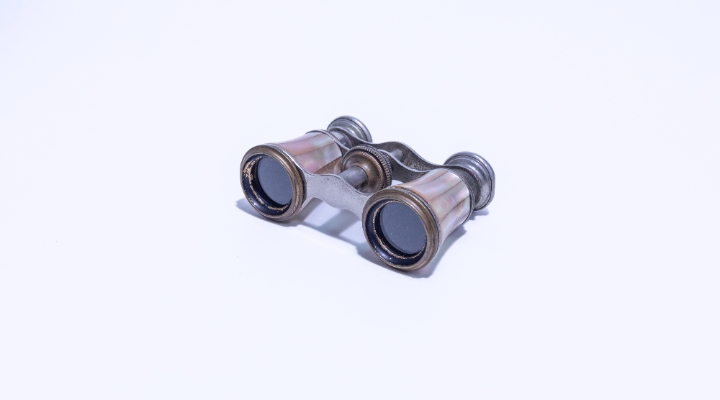
RBC QUBE Low Volatility Canadian Equity’s ability to offer investors less volatility than the S&P/TSX Composite Index could provide welcome relief in a volatile time for financial markets.
The fund, introduced in 2011 and managed with a quantitative strategy based on a variety of factors and inputs, has a record of almost 10 years to demonstrate its ability to provide downside protection as well as strong risk-adjusted returns.
Norman So, Vancouver-based vice president and portfolio manager, Quantitative Investments at RBC Global Asset Management Inc. of Toronto, who co-manages the fund along with Bill Tilford, vice president and senior portfolio manager and Oliver McMahon, senior portfolio manager, says the fund fell less than the benchmark index during the severe correction in March triggered by the COVID-19 pandemic, but also rebounded less strongly during the subsequent recovery.
For the year ending Dec. 30, 2020, RBC QUBE Low Volatility Canadian Equity Class D gained a slight 1.02% total return, compared to 5.79% for the Morningstar Canada GR CAD Index. Longer-term, the silver medalist fund showed a five-year average annual return of 8.42%, compared to the benchmark index’s return of 11.23%.
Focus on Stability
“The fund’s return is better than bonds, and it’s less volatile than the stock market,” So says.
The fund’s history and 30 years of back-testing the strategy show the fund has generally been 20% to 30% less volatile than the market, So says, although there is no promise to investors of any specific volatility reduction.
“We are only invested in securities that exhibit stable characteristics over the long-term,” he says. “It’s a significantly smoother ride than the TSX, and when there’s less downside, the upside does not have to be as much in order to recover. That’s the magic of low volatility investing.”
For example, if a security or mutual fund drops by 50%, it needs to rise 100% to recover. But if it drops by a lesser 25%, it needs to rise only 33% to recover, So points out.
Custom Risk Model
The team uses a customized model designed to measure and forecast risk. It is monitored daily and adjusted to deal with changes in the investing environment. Half of the 12-person team working on the fund is dedicated to continually researching and improving the model, while the other half focuses on the actual implementation of the strategy and management of the portfolio, So says.
“The portfolio is under constant review and we are continually looking for better ways to measure risk,” he says. “Sometimes we make small tweaks and sometimes large tweaks. Or we may just tweak the way we combine companies in the portfolio.”
The potential investment universe is based on the entire S&P/TSX Composite Index. Companies are chosen for the fund based on high scores in such areas as stability, quality and profitability. Fundamental measures such as price-to-earnings, price-to-cash flow and long-term stability of cash flow are also examined, as well as a company’s characteristics in terms of growth or value.
Some of the quality determinations are based on the risk of default and a company’s ability to finance future growth. For example, will it be able to self-finance or will it need to issue equity or bonds to raise new capital?
“We look for measurable factors with a strong economic rationale, and a lot of our work is rooted in academic research,” So says. “Once we determine all the inputs, we feed them into a tool called the ‘optimizer,’ to build a portfolio with the best risk/return characteristics.”
Less Exposed to Energy and Materials
The model has led the fund to be less exposed than the TSX to companies in the energy and materials sectors, which tend to be the most volatile. Its highest weightings are in financials, industrials, consumer staples, and telecommunications.
The fund is not necessarily invested across all sectors, but the maximum weighting in any one sector is 20% of assets, except for financials where the maximum is 30%, So says. The maximum weighting in any one company is 5% of fund assets.
“We want to diversify risk, and therefore are not too concentrated,” So says.
The fund recently held around 80 companies. Top holdings include Bank of Nova Scotia (BNS), Royal Bank of Canada (RY) and Bank of Montreal (BMO) in the financial sector. In the industrial sector, top holdings included Waste Connections Inc. (WCN) and Canadian National Railway Co (CNR).
“We tend to focus on the larger capitalization names as they are more stable,” says So. “However, the fund is a mix of small, medium and large-cap [companies]. We don’t invest if a company doesn’t have sufficient liquidity.”
The arrival of COVID has led to some shifts in risk assessment, as businesses have been affected both positively and negatively by societal changes such as social distancing, working at home and a shift away from bricks and mortar retail to online shopping, So says.
Recent changes include a decrease in real estate exposure, particularly in retail-oriented REITs, and an increase in exposure to certain gold and industrial companies.
“REITs were traditionally considered a defensive sector but are now less attractive than before,” So says.
Many energy stocks tend to have poor stability characteristics and are sensitive to the economy and commodity prices. On the other hand, Waste Connections, which is in the garbage disposal business, has proven to be resilient throughout various economic cycles.
While gold companies can be volatile, they typically are non-correlated to other financial markets and act as valuable stabilizers in overall portfolio construction, So says.
“We build a portfolio with low volatility overall,” he says. “In isolation, gold companies may be volatile, but they often move in the opposite direction to the rest of the market.”








.jpg)












